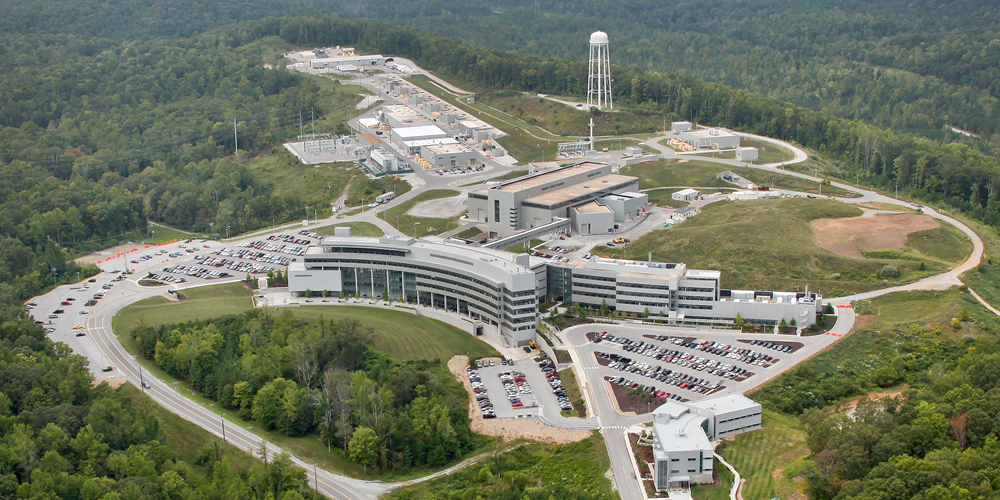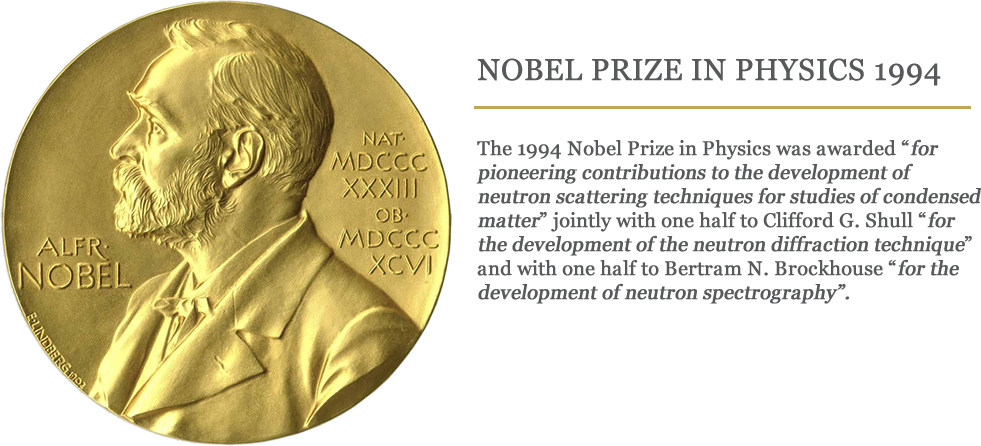
East Tennessee has been at the heart of neutron sciences from the earliest days of the Graphite Reactor at Oak Ridge National Laboratory (ORNL)—the first ever continuously operating reactor. This legacy extends to the present with two of the world’s foremost neutron sources, the High Flux Isotope Reactor (HFIR) and the Spallation Neutron Source (SNS), operated on behalf of the US Department of Energy by UT-Battelle at ORNL. At the heart of this pioneering tradition are innovation and scientific excellence, neutron applications for important problems, and mentoring and training of future science leaders. To further advance these values, in 1998 ORNL and the University of Tennessee established the Joint Institute for Neutron Sciences (JINS) with a mandate to promote neutron research by providing workspace and programmatic support for scientists conducting research at SNS and HFIR.
Since that time, SNS has transformed from a project with 3 initial instruments to an emerging world leader program with 19 state-of-the-art neutron scattering and fundamental physics instruments. Meanwhile, the new cold source at HFIR has brought world leading capabilities in long wavelength neutrons to ORNL. With these developments and plans for a ground-breaking Second Target Station, new demands were being made on JINS to provide a platform for incubating future science, engaging new communities and industry, and providing neutron science training and education. To align with this wider vision, and to recognize the achievements of two of the founders of neutron science, JINS was renamed the Shull Wollan Center: a Joint Institute for Neutron Science in 2016.
A History of Neutron Scattering at ORNL

Neutron scattering grew from the nuclear science of the Manhattan Project during the 1940s at what is now Oak Ridge National Laboratory (ORNL). Today the Department of Energy (DOE) lab in eastern Tennessee operates two powerful neutron scattering facilities for DOE’s Office of Science—the High Flux Isotope Reactor (HFIR) and the Spallation Neutron Source (SNS). For over 70 years, neutron scattering has been an invaluable tool for researchers to investigate the fundamental properties and behaviors of energy and materials at the atomic scale. Neutron scattering at ORNL has also played an important role in helping the U.S. Department of Energy (DOE) fulfill its mission of addressing energy, environmental and nuclear challenges through transformative science. Continue reading →